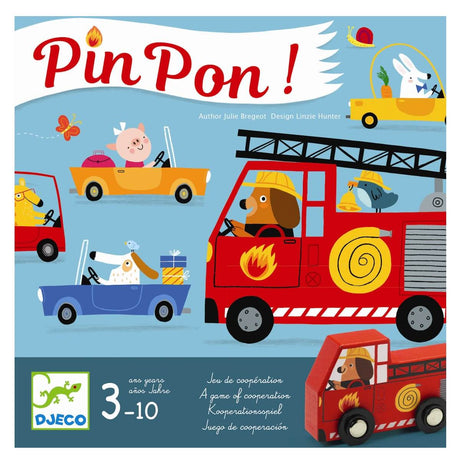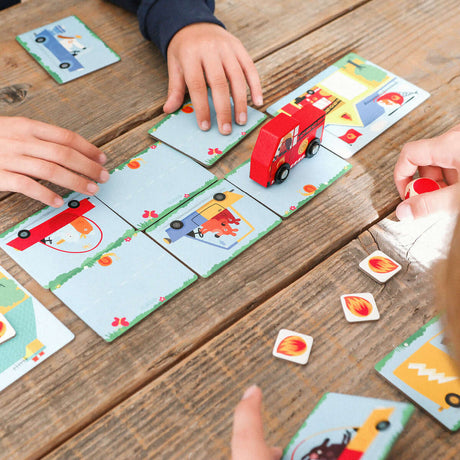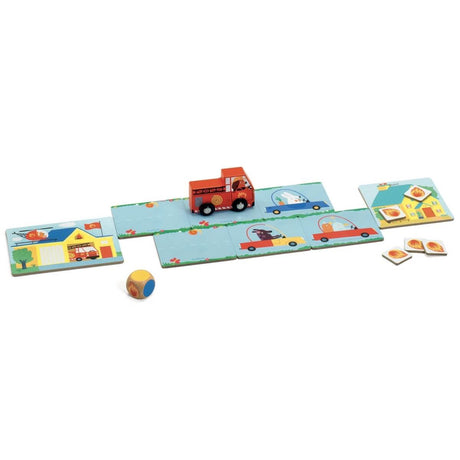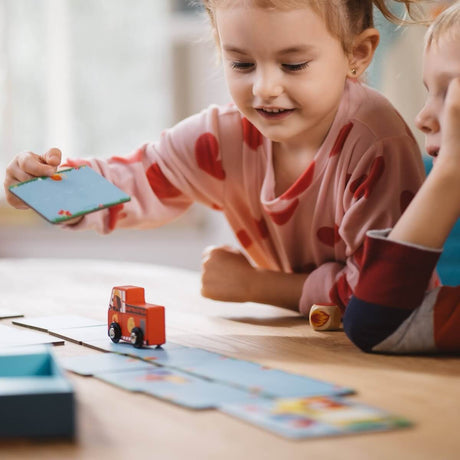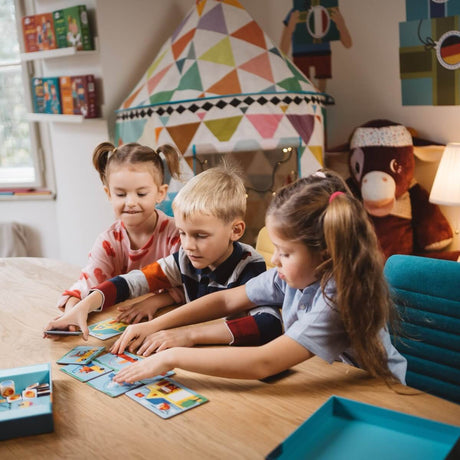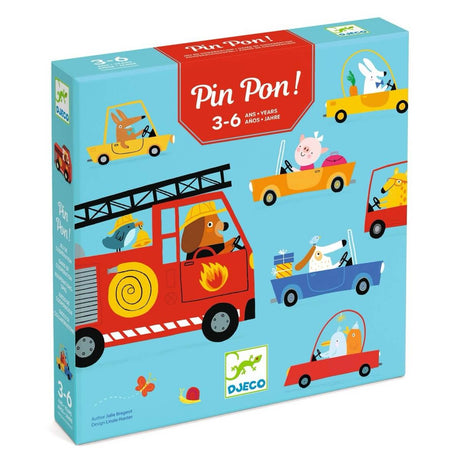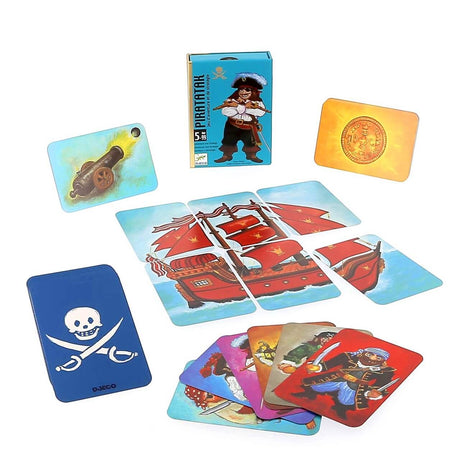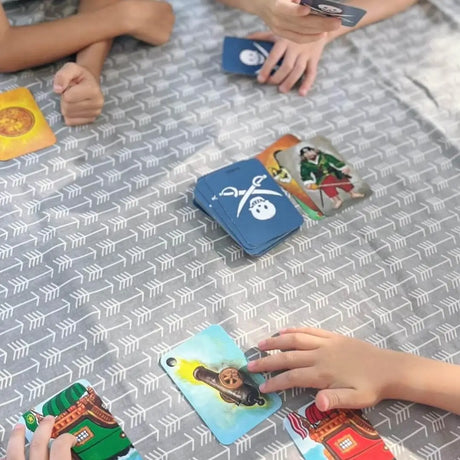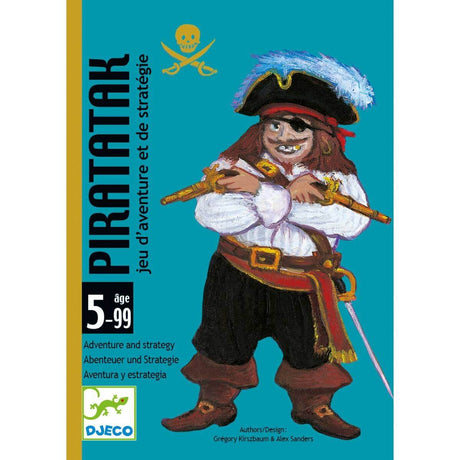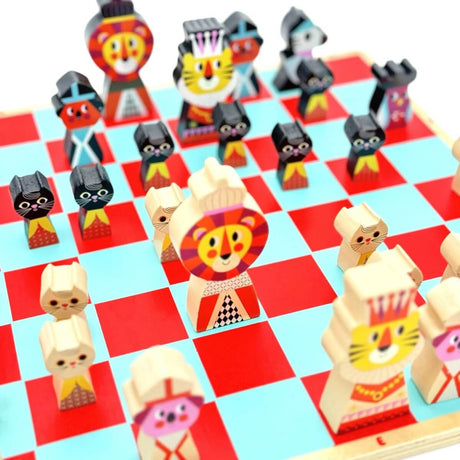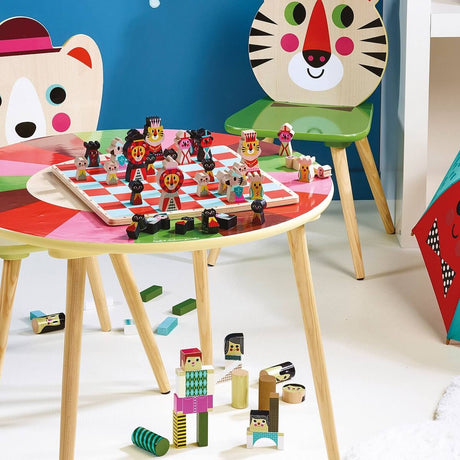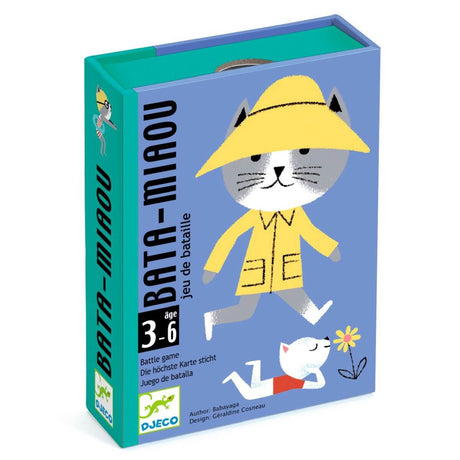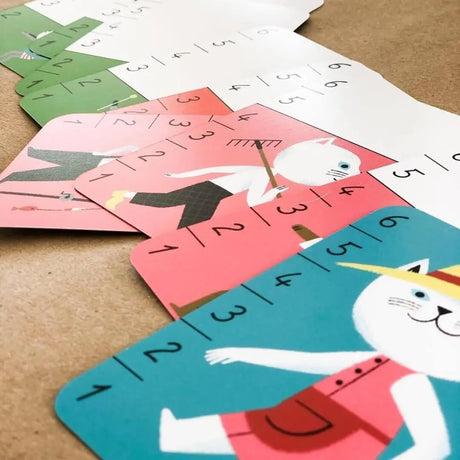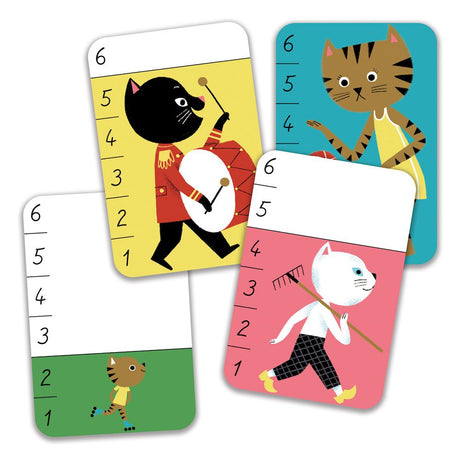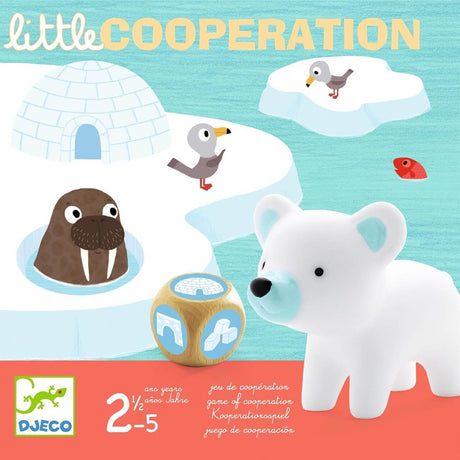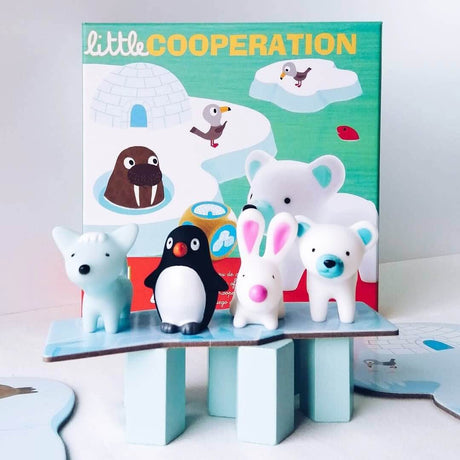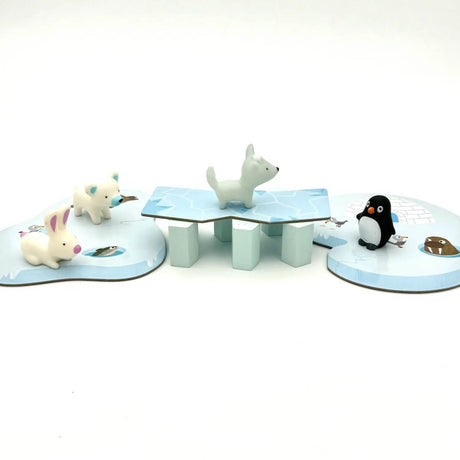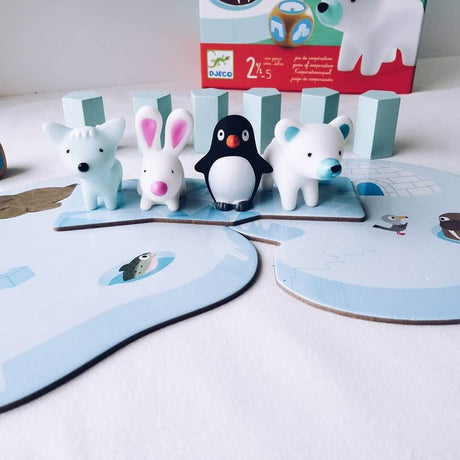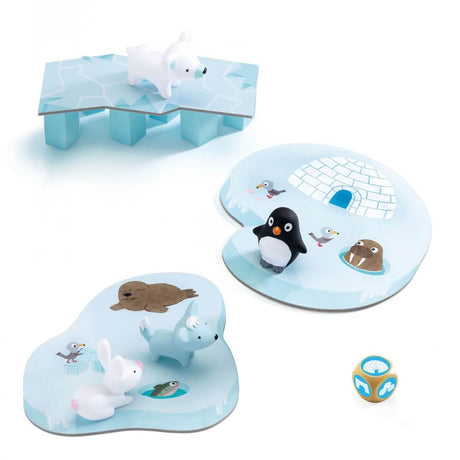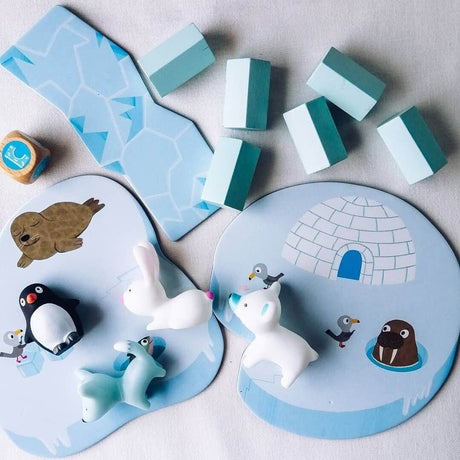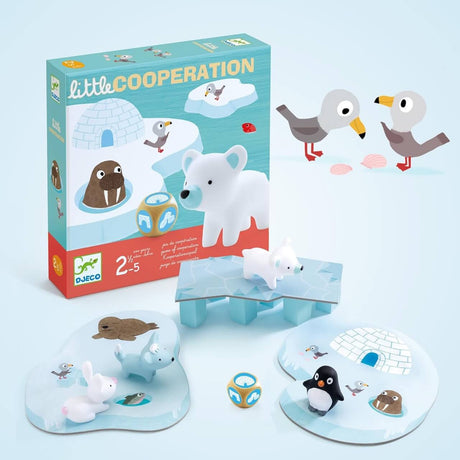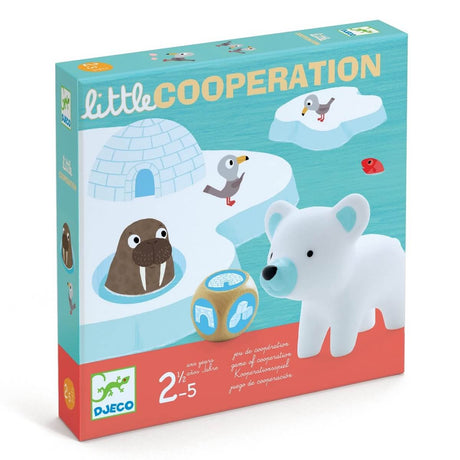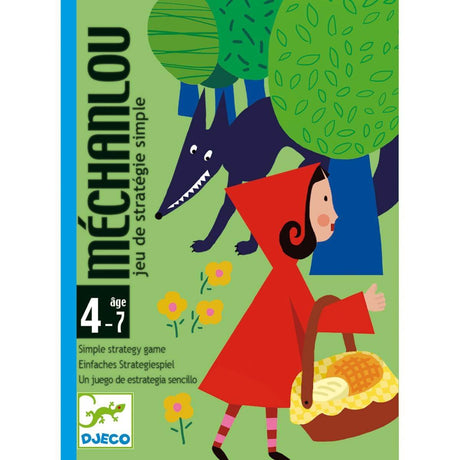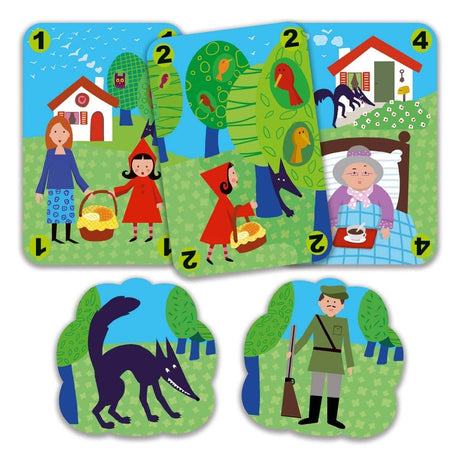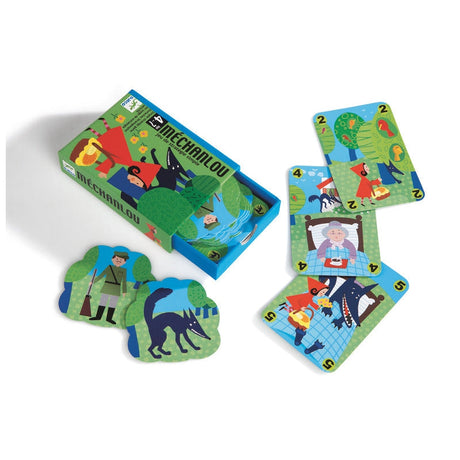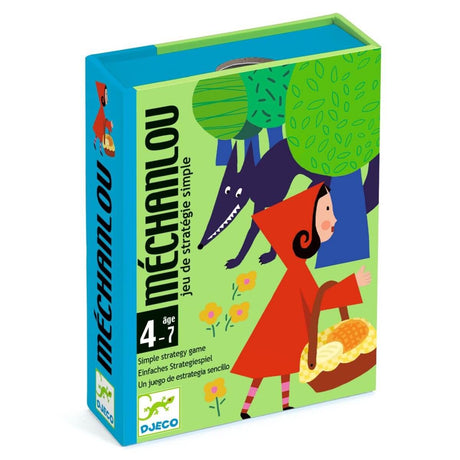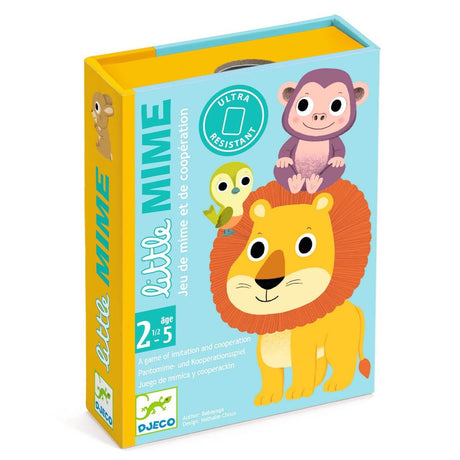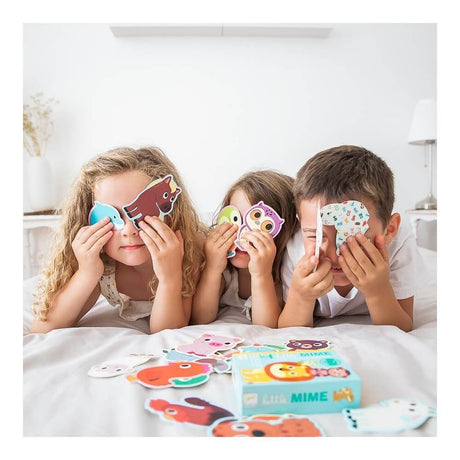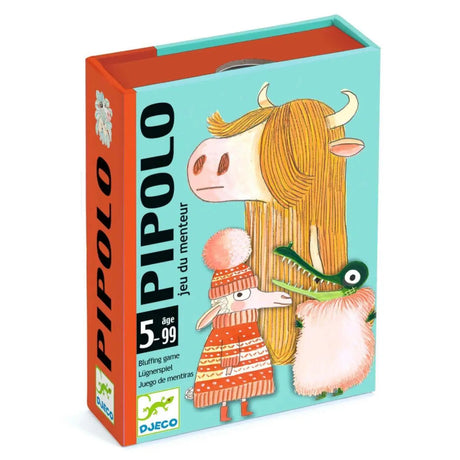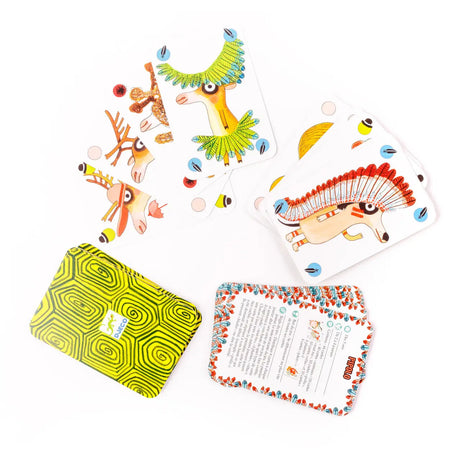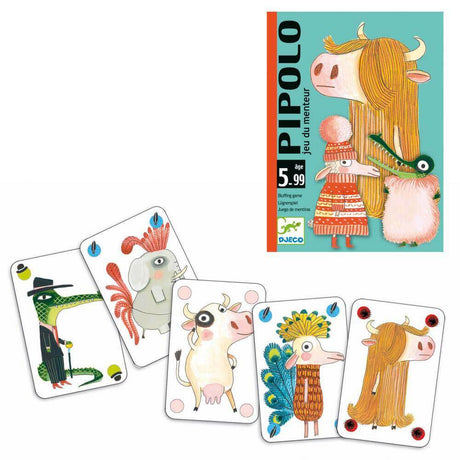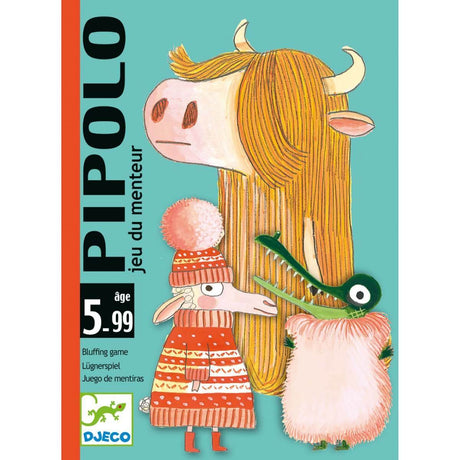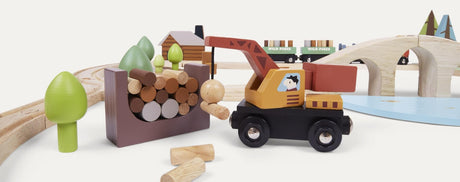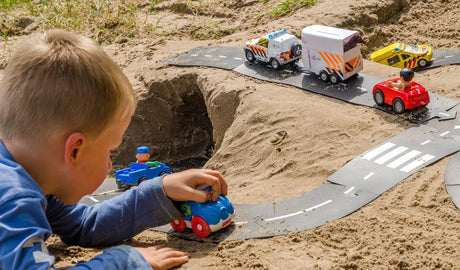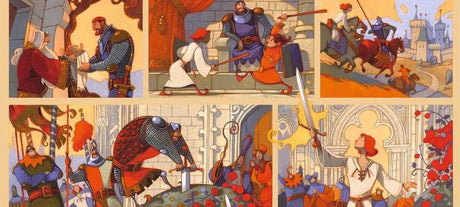Open-ended play is beneficial for your child. Everyone knows that, right? This must therefore mean that the opposite, closed-ended play, also called structured or directed play, must be bad. After all, there is nothing creative about puzzles or board games.
Closed-ended play is play but without creativity. Put like this, we admit, it doesn't sound very attractive or desirable.
But puzzles and other structured games have beneficial qualities for a child's development. They promote problem solving, perseverance and the importance of completing a task by achieving the intended goal - vital skills for school and for years to come.
They are also excellent for spatial reasoning , self-regulation, and fine motor skills. Starts to sound better, no?
First off, what is open play?
The simplest way to think about closed play is to first understand what it is not.
Open-ended play is unlimited, without constraints. It allows the child to decide for himself what he does with the objects, and he is free to experiment with pleasure and following his own motivations.
You set up with blocks of wood and they can become all kinds of things, from the wall of a castle to a pirate ship, hot cakes from a bakery or archaeological instruments.
Most importantly, these timeless toys grow with your child; they evolve and adapt to the rhythm of his game.
A baby or toddler enjoys learning about the properties of materials and how they can be manipulated and combined. It is a heuristic and constructive game.
But as preschool age approaches, your child's ability to think symbolically leads him to play imaginatively and engage in more creative activities. The blocks can now be used to stage an imaginary miniature world or as accessories in a role-playing game.
Features of structured play
Closed-ended toys have a specific purpose. They can – and should – be completed. Think memo-bingo-lotto games, puzzles or board games. They all have a "right" way to use them.
- A structured framework . Closed-ended games and toys provide a structure within which play takes place. There are fewer opportunities and distractions, making the activity easier to grasp. Your child is thus free to focus on what matters, namely achieving the set goal. This structure encourages concentration and perseverance .
- Established rules or a sequence of actions to follow. (More on that later in this blog post...)
- Predetermined objectives and results. In closed-ended play, it's easy to know when you have “won”. Is the puzzle completed? Then you've reached the finish line, congratulations. Not only does this clarity give your child a goal to aim for, but each success builds self-confidence and values perseverance and effort towards a desirable outcome.
- Developing the concept of time. You completed the challenge in 5 minutes. Next time, can you do it faster? The task is identified - and simple - but the challenge increases as time is limited. Respecting the allocated time and staying focused are skills to master for school preparation.

Examples of structured games
Closed activities are neither complicated nor original. There's no need to spend hours on Pinterest looking for inspiring designs. All you need to do is bring out classics from the toy box from time to time and offer your child the opportunity to perfect certain key skills.
- Puzzles
- Logic games
- Assembly games (like SmartMax magnetic sets)
- Board games
- Card games
- Threading beads, lacing cards
- Sorting shapes or colors
- Memory or association games
Games with rules
When you think of games with rules, what comes to mind? The game of chess? Dominos? Family game nights of Monopoly or Snakes & Ladders? These games have codified rules: they are written, fixed, announced. There is no room for debate. Well...
But what about always-so-popular playground games like tag and hopscotch? There are no written rules, yet we all know how to play.
There is another type of rule-based game: situational play. In this type of game, players agree on the rules among themselves. They can be completely arbitrary as long as they are accepted by everyone.
“You’re the baby and I’m the big sister. Let's play "Bedtime". I wrap you up and you lie down in the bed. No, you can't look for your own cover. I’m the one who has to do it since you’re the baby, and babies can’t walk.”
Why are they important?
A particular aspect of games with rules: they are a window on the moral development of the child. How we approach rule sets reveals our character.
Who makes the rules? Can we change them? What constitutes “bad” behavior? How do we punish those who break the rules?
Some of life's big questions arise when we play games.
And our responses change as we grow.
A younger child, whose worldview is egocentric (that is, self-centered), will have a very different view of cheating than an older child: I want this marble because I love it (in other words, I don't care if it's not mine or it's not my turn).
The other benefit of games with rules is that they encourage higher order thinking. Knowledge is not enough, it must be applied. With practice, you get better and learn to strategize. You move away from self-centeredness: if you want to win, you must put yourself in your opponent's shoes and anticipate their next move.
Final word
Closed-ended play is not trendy, nor is it particularly glamorous. You won't scroll past it featured on the most beautiful Instagram or Pinterest feeds. But it's a must-have part of playtime.
And don't worry if your child has already successfully completed the activity. You'll be surprised how much he enjoys returning to seemingly simple games and repeating them. Much of learning is about practicing and refining skills, and for this, structured play has a vital contribution to offer.




